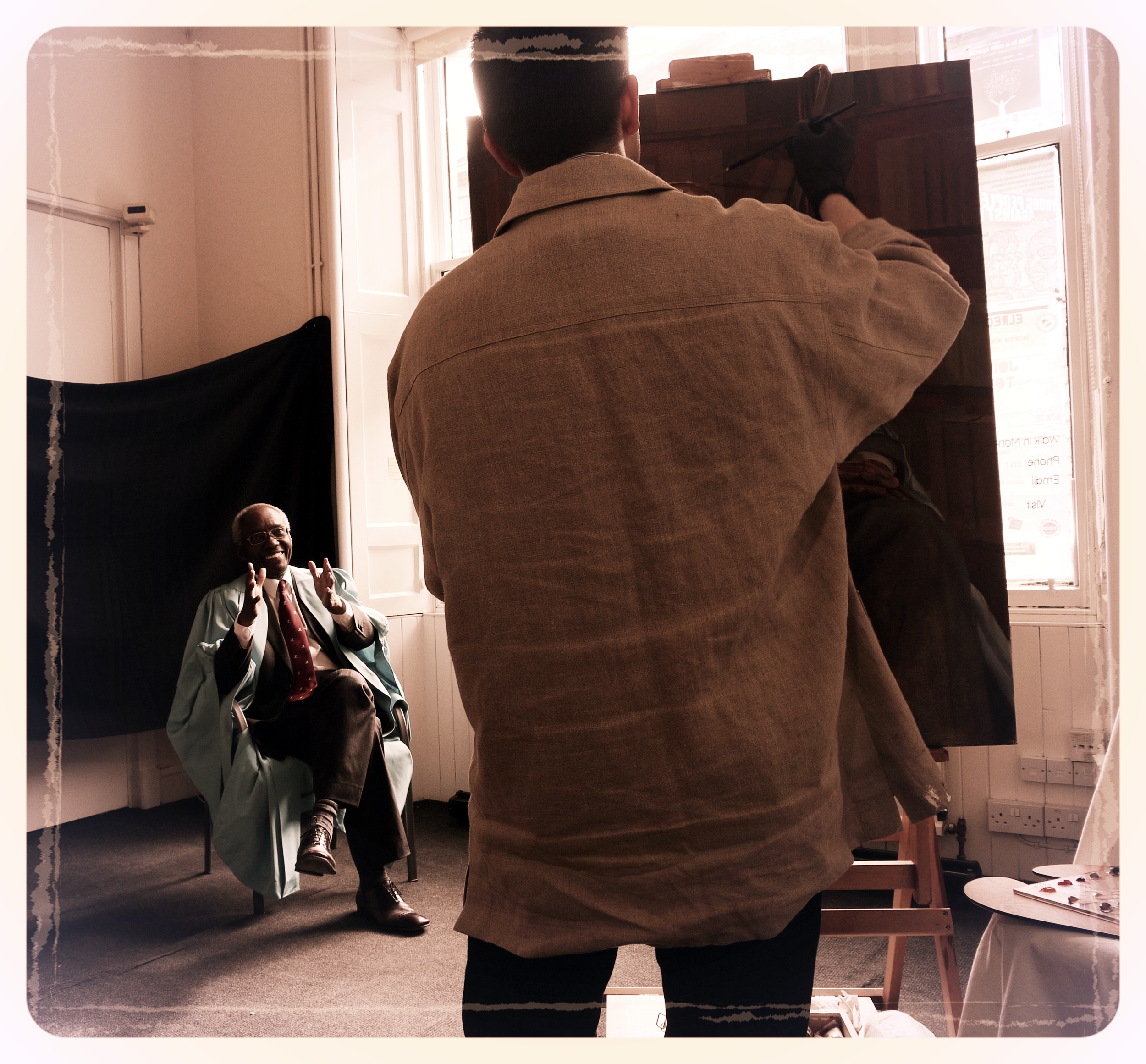If it was my choice I would always paint from life, because the tapestry of life offers a range of experiences that cannot be perceived by other means. The sense of dimension and environmental factors like sound, air and the human interaction must be experienced by the artist to be properly interpreted and conveyed in the painting. The process of sitting also helps to establish a bridge between the souls of the sitter and the artist.
Of course, sitting for a portrait is not always possible. For example, when painting a posthumous portrait, reliance on photographs is almost always the only option available. People also lead busy lives so often they simply do not have the time to sit for many sessions to have their portrait painted entirely from life. Therefore, one needs to know when and how to use photographs to supplement the information gathered during the sitting. I feel this is very important: supplement what life offers when life is unavailable, but never replace life itself.
These considerations also force the portrait painter, or at least me, to paint rapidly and make the most of every single minute I am with my sitter. Under these circumstances, it always amazes me the amount of information one can gather in two or three hours of concentrated effort.
The illustrations below show a portrait painting demonstration I carried out yesterday at Balgonie Castle. The sitter is none the less than the Laird of Balgonie and Eddergoll, who has sat for me a few times. In that respect, I had an advantage; it was a familiar face and a face that I consider most painterly.
The images also show what can be achieved in a couple of hours of painting alla prima (directly, in one go; as opposed to the traditional way in which I paint larger pieces, working in stages and with multiple layers). Painting alla prima is a wonderful way to learn about the subject, to gather information about colour, mood and, quite simply, to achieve a fresh and painterly impression of the sitter.


























